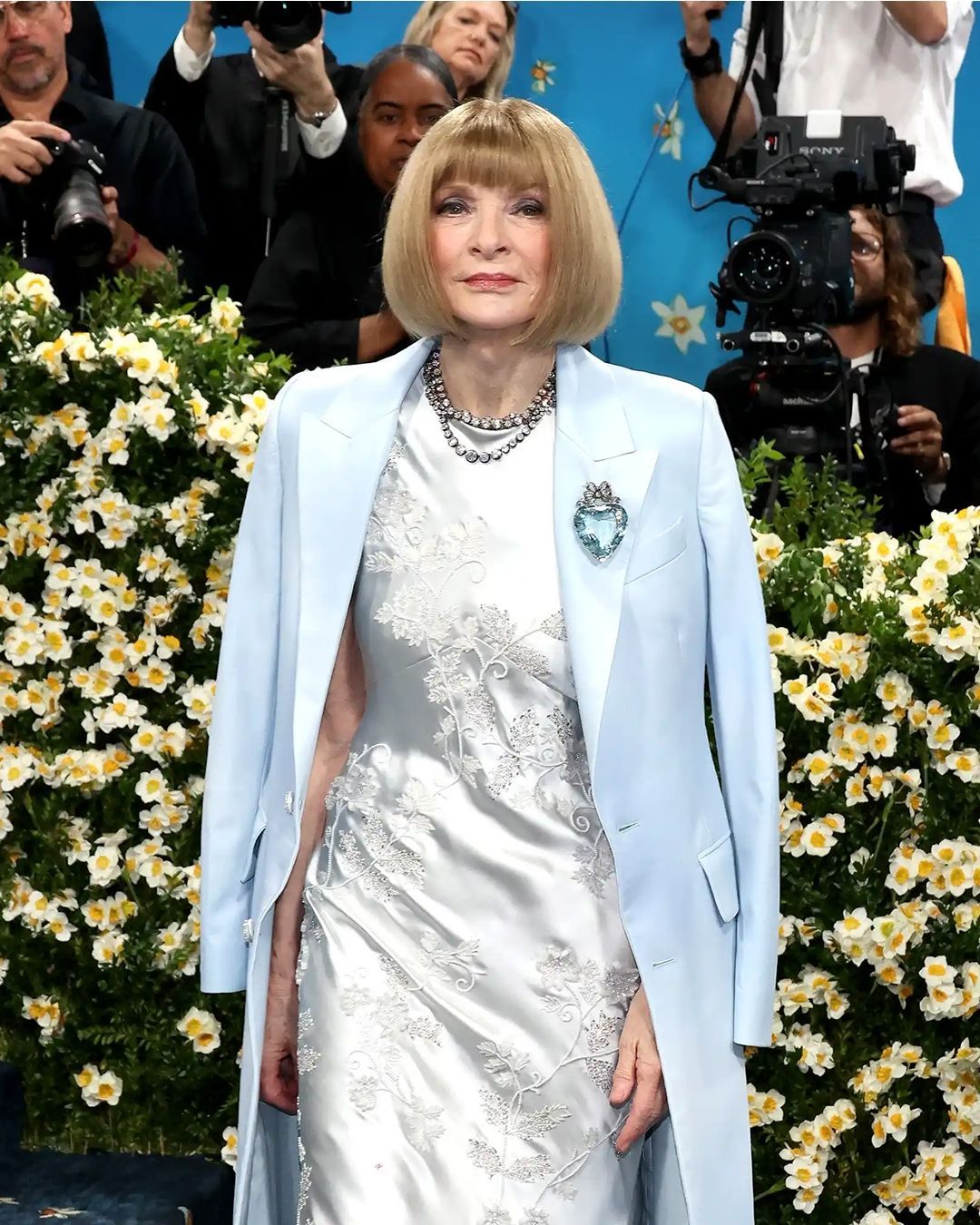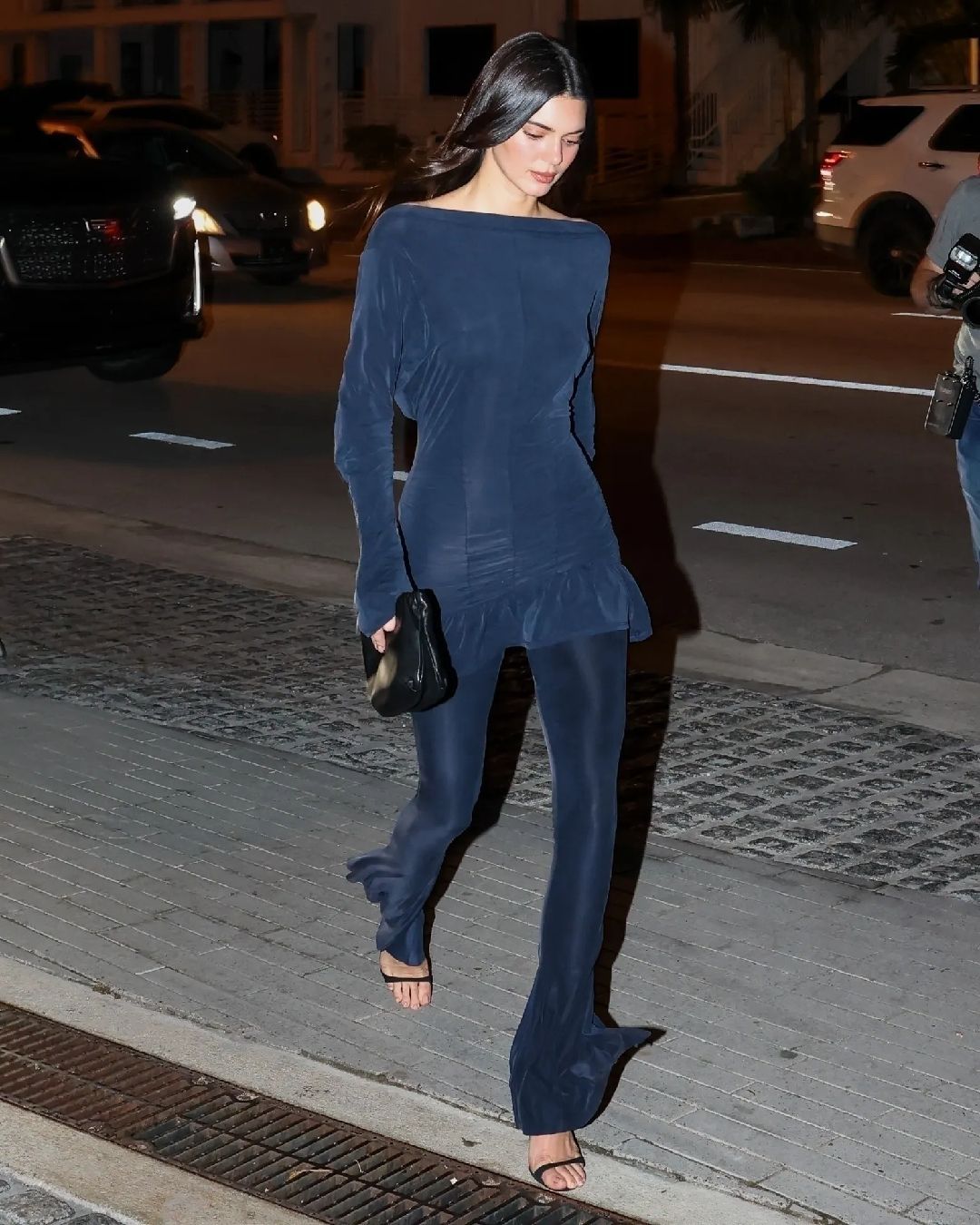
In what direction are fashion covers heading? The comfort zone between familiar faces and Photoshop
The covers of a fashion magazine or newspaper should, at least in theory, reflect the aesthetic and social changes in current. Telling through clothes, photographs, content, and styling what lurks among the streets, houses, or places where the world is shown in utopian or dystopian ways is what we expect of a magazine. The point is that, often, with fashion magazines, one is particularly critical, especially when an editor chooses to touch fields seemingly far removed from fashion's original sin: frivolity. With issue month just around the corner, not a few discussions have arisen around the different covers exhibited by some of the world's most influential newspapers.
If in August 2020, Vogue Portugal had caused a stir by presenting a cover - the issue revolved around the Madness Issue - that evoked the scenario of an insane asylum by touching too (?) closely on the problem of sanity, 2022 was the year of the familiar faces. Vogue America dedicated the September Issue to the tennis player Serena Williams, who has won the most Grand Slams (23 in all) in this era and is second only to Margaret Court in the entire history of tennis. Her sporty, titanic corporeality finds its sought-after form of femininity in the Balenciaga dress and in the tale of a woman who has decided to leave the tennis world for good. «I will miss this version of me, the girl who played tennis. And I will miss you» she told Vogue. Her farewell, in its most sincere form, should end up introducing a common reflection with fashion, transliterated into imagery that can stand up to the words "Fashion's New World" hovering on the cover. The covers have perhaps changed, «have become more sensationalist, more related to social issues, perhaps more connected to reality. But one has to wonder if this is just a momentary misunderstanding that takes fashion out of the territory of aesthetics because the historical period demands it, or if it is right that certain social instances should be slammed on the front page» Andrea Batilla wrote on his Instagram account.
More divisive still and certainly more impactful is the cover proposed by Edward Enninful in the new issue of British Vogue: a Linda Evangelista portrayed by Steven Meisel, consenting to the aesthetic restoration via Photoshop of a face now disfigured by surgery aimed at removing excess fat. And, while absent any kind of font that tries to evoke the vagueness of the new, the question of accepting the passing of time becomes perhaps second order in the face of Linda Evangelista's all-encompassing beauty. «I couldn't live that pain anymore», she explains in the Vogue interview, «I knew I had to make a change, and the only change was to tell my truth». «What truth are we talking about?» wondered fashion journalist Antonio Mancinelli. «There is no greater cruelty to a person who has lived through glorious days than to make her relive those very days. At 57 years old, it is not a matter of acceptance or gender: we would have said the same thing if in her place there had been a famous man twenty or thirty years ago. [...] This cover is not a gift: it is a memento mori». And then, finally, to the cover of Vogue Italia, which gave us a never-before-seen version of Gigi Hadid, whose image was directed for the first time by American editor Grace Coddington together with Rafael Pavarotti's photographer. The new world of fashion - so reports the cover - passes through the attempt to try to give a less institutional tone to the fashion told by Vogue Italia trying to deviate profoundly from roads already traveled in the past.
Something that, by moving away from the territories of mainstream publishing, is even more emphasized: for its third issue, Perfect Magazine unveiled a shot depicting a Nicole Kidman in full Diesel by Glenn Martens look. «The photo-a preview of the shoot signed for the magazine by photographer Zhong Lin-has that power that only the unexpected and the unpredictable can give», wrote journalist Federico Rocca in Vanity Fair Italia. «But this perturbing thrill that the Oscar-winning actress gives us at the end of this summer makes me think about how disorienting fashion really can (but doesn't necessarily have to) be when it does its job: an outfit like this can be enough to question the certain, to mess up the cards, to make us think about possibilities, or even just to make us imagine alternatives that have never been questioned. [...] Turning ourselves upside down doesn't have to be an imperative, but let's remember that it can always be a possibility. Put yourself in play, imagine yourself different from what you are, and exercise your chameleons. Today you would say: step out of your comfort zone». But can fashion magazines tell us something new or, more trivially, really engaging?















































